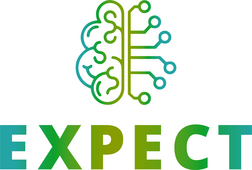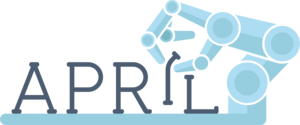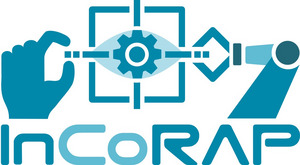
Research Departments
- Agents and Simulated Reality 17
- Augmented Vision 18
- Cognitive Assistants 30
- Cooperative and Autonomous Systems 9
- Cyber-Physical Systems 9
- Data Science and its applications 2
- Design Research eXplorations 1
- Educational Technology Lab 3
- Embedded Intelligence 5
- Experience-based Learning Systems 1
- Innovative Factory Systems 34
- Institute for Information Systems 17
- Intelligent Analytics for Massive Data 5
- Intelligent Networks 16
- Interactive Machine Learning 3
- Marine Perception 1
- Multilinguality and Language Technology 5
- Neuro-mechanistic Modeling 1
- Robotics Innovation Center 25
- Smart Data & Knowledge Services 7
- Smart Enterprise Engineering 3
- Smart Service Engineering 8
- Speech and Language Technology 4
Research Topics
- Autonomous Systems 57
- Data Management & Analysis 61
- Human-Machine Interaction 68
- IT Security 12
- Image Recognition & Understanding 29
- Language & Text Understanding 9
- Machine Learning & Deep Learning 75
- Other 38
- Robotics 50
- Sensors & Networks 56
- Virtual & Augmented Reality 20
Fields of application
- Environment & Energy 27
- Farming & Agricultural Technology 13
- Financial Sector 4
- Health & Medicine 28
- Industrie 4.0
- Knowledge & Business Intelligence 18
- Learning & Education 21
- Mobility 34
- Other 35
- Smart Home & Assisted Living 15
- Trade & Logistics 27
Displaying results 91 to 100 of 169.
Research Departments
- Agents and Simulated Reality 17
- Augmented Vision 18
- Cognitive Assistants 30
- Cooperative and Autonomous Systems 9
- Cyber-Physical Systems 9
- Data Science and its applications 2
- Design Research eXplorations 1
- Educational Technology Lab 3
- Embedded Intelligence 5
- Experience-based Learning Systems 1
- Innovative Factory Systems 34
- Institute for Information Systems 17
- Intelligent Analytics for Massive Data 5
- Intelligent Networks 16
- Interactive Machine Learning 3
- Marine Perception 1
- Multilinguality and Language Technology 5
- Neuro-mechanistic Modeling 1
- Robotics Innovation Center 25
- Smart Data & Knowledge Services 7
- Smart Enterprise Engineering 3
- Smart Service Engineering 8
- Speech and Language Technology 4
Research Topics
- Autonomous Systems 57
- Data Management & Analysis 61
- Human-Machine Interaction 68
- IT Security 12
- Image Recognition & Understanding 29
- Language & Text Understanding 9
- Machine Learning & Deep Learning 75
- Other 38
- Robotics 50
- Sensors & Networks 56
- Virtual & Augmented Reality 20
Fields of application
- Environment & Energy 27
- Farming & Agricultural Technology 13
- Financial Sector 4
- Health & Medicine 28
- Industrie 4.0
- Knowledge & Business Intelligence 18
- Learning & Education 21
- Mobility 34
- Other 35
- Smart Home & Assisted Living 15
- Trade & Logistics 27








